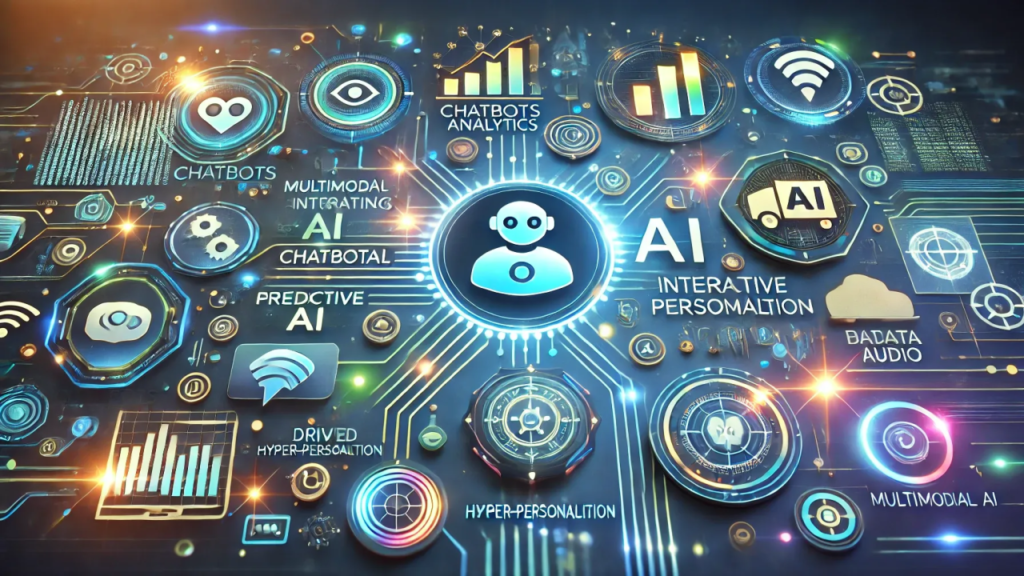Revolutionizing Content Creation: The Dawn of Multi-Modal AI Models

In an exciting leap forward for artificial intelligence, new models that seamlessly understand and generate text, images, audio, and video have officially arrived. Innovations like GPT-4 Turbo, Google’s Gemini, and Anthropic’s Claude 3 are at the forefront of this cutting-edge technology, transforming the way we interact with digital content.
Enter the Era of Multi-Modal AI
Gone are the days when AI needed to be compartmentalized, limited to processing a single type of data at any one time. The latest AI models break this mold, integrating multi-modal capabilities that facilitate a richer and more versatile interaction with technology. Users can now generate comprehensive outputs involving different forms of media, all orchestrated by a single model. Whether it’s creating a compelling video presentation with audible narration and striking visuals or composing an interactive article that merges text and imagery, the possibilities are expanding exponentially.
How They Work
At the heart of these advancements lies a sophisticated blend of deep learning techniques and vast datasets. Models like GPT-4 Turbo utilize enhanced architectures and larger data pools to ensure a better understanding of context and nuances within text, as well as the integration of other media types. These AI systems are designed to learn from real-world inputs, giving them an innate ability to generate creative content that resonates with users.
Similarly, Gemini brings Google’s cutting-edge AI research into play, offering the ability to synthesize diverse media formats while remaining contextually relevant and engaging. Claude 3, from Anthropic, emphasizes safety and alignment, catering to user specifications while ensuring that outputs are trustworthy and accurate.
Real-World Applications
The implications of these multi-modal models extend far beyond mere novelty. Industries such as education, marketing, entertainment, and healthcare stand to benefit tremendously. Imagine educators deploying AI tools that can craft dynamic, multi-faceted lessons, complete with videos and interactive elements that adjust in real-time based on student engagement. Marketers can deploy campaigns where messages combine text, audio, and audiovisual elements tailored to varying audience segments, enhancing user experience and retention.
In the sphere of entertainment, creators are given a powerful ally to produce captivating and immersive content without the need for extensive resources or technical expertise. This democratization of content creation could potentially lead to a new wave of innovation driven by independent creators worldwide.
The Challenges Ahead
Despite the tantalizing opportunities, the rise of these models also brings forth considerable challenges, particularly surrounding ethical use and content authenticity. As they become more sophisticated, ensuring that these AI technologies are used responsibly will require rigorous frameworks and governance protocols. Addressing concerns like misinformation and misuse will be paramount in fostering a safe and productive ecosystem.
Conclusion
The advent of multi-modal AI models like GPT-4 Turbo, Gemini, and Claude 3 marks a watershed moment in the world of artificial intelligence. By blending text, audio, images, and video, this technology has the potential to redefine how we create, consume, and interact with digital content. It’s a thrilling time for both creators and consumers, as we collectively explore the vast potential of these remarkable advancements in AI.